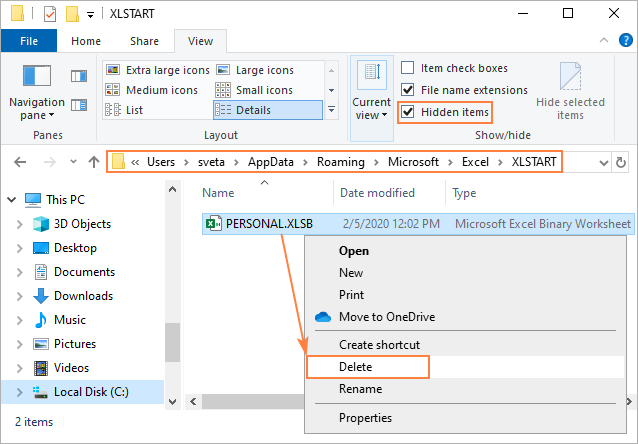
- How to write a macro in excel 2003 how to#
- How to write a macro in excel 2003 software#
- How to write a macro in excel 2003 code#
- How to write a macro in excel 2003 windows#
(If the "Developer" tab is not visible, in Excel 2007 click on the "Office Button" in the top left-hand corner of Excel, then click on the "Excel Options" button, then make sure that "Popular" is selected in the left-hand column, and check the box to enable the "Show Developer tab in the Ribbon" option. Under Excel 2007, Excel 2010 or Excel 2013, select the "Developer" tab and then click on the "Visual Basic" icon in the "Code" panel. Under Excel 2003 or earlier, this can be done by going to the "Tools" menu and selecting "Macro" and then "Visual Basic Editor".

How to write a macro in excel 2003 code#
Note: Regardless of this option, arrays within User Defined Types (UDT) have a base of 0, unless explicitly declared to be 1, e.g.Īfter opening the worksheet with Excel, you can view the Visual Basic for Applications code that is part of the spreadsheet. These support files use the VB option to base arrays at one, i.e. The header files are based on the stand-alone version of the NAG C Library DLL (CLW3224DA_nag.dll) to specify the version of the DLL which uses the MKL BLAS/LAPACK instead (CLW3224DA_mkl.dll), replace CLW3224DA_nag.dll by CLW3224DA_mkl.dll in the Function and Sub declarations. bas files are imported as the "Declarations " modules (or "Declarations Long" for the long name variants), clvb6-types.bas as the "Types" module and clvb6-utilities.bas as the "Utilities" module. clvb6-*.bas files can be imported into your VB project. This function is used to copy memory between C pointers and VB variables or arrays.
How to write a macro in excel 2003 windows#
The file clvb6-utilities.bas contains declarations of the Windows kernel function RtlMoveMemory and its aliases. All Enum and Type declarations necessary for the parameters (mandatory and optional) can be found in the file clvb6-types.bas. The supplied files also contain commented out skeletons for call-back functions. There is also a corresponding set of files called clvb6-long.bas using NAG C Library long names. For example, clvb6-e.bas contains the declarations of all the functions from chapters e01, e02, e04 and e05. bas which contains the VB declarations of the C functions from all the chapters beginning with this letter. Separate VB.NET headers and VBA7 64-bit headers are available.įor each NAG C Library chapter letter there is a file called clvb6. These files can be used in both Visual Basic 6 (and earlier) and 32-bit VBA code.

Support files for Visual Basic for Applications (VBA) may be found under the VB6 headers page. The information here applies to 32-bit versions of Excel only. In particular, the Visual Basic code which is attached to the worksheet uses the AddressOf operator which may not work in older versions of Excel. They may not work with other versions of Excel. These projects were originally created using Microsoft Excel 2000, updated for the NAG C Library Mark 24 DLLs using Excel 2003, and tested on Excel 2007, Excel 2010 and Excel 2013.
How to write a macro in excel 2003 how to#
This web page contains links to several zip files, each containing a Microsoft Excel worksheet showing how to call a NAG C Library function. For the latest information on calling the NAG C Library DLLs from various environments, or for sample projects for a specific Mark of the NAG C Library, please go to the main NAG C Library DLL support index page. The information here is applicable to the DLLs supplied with CLW3224DAL.

How to write a macro in excel 2003 software#


 0 kommentar(er)
0 kommentar(er)
